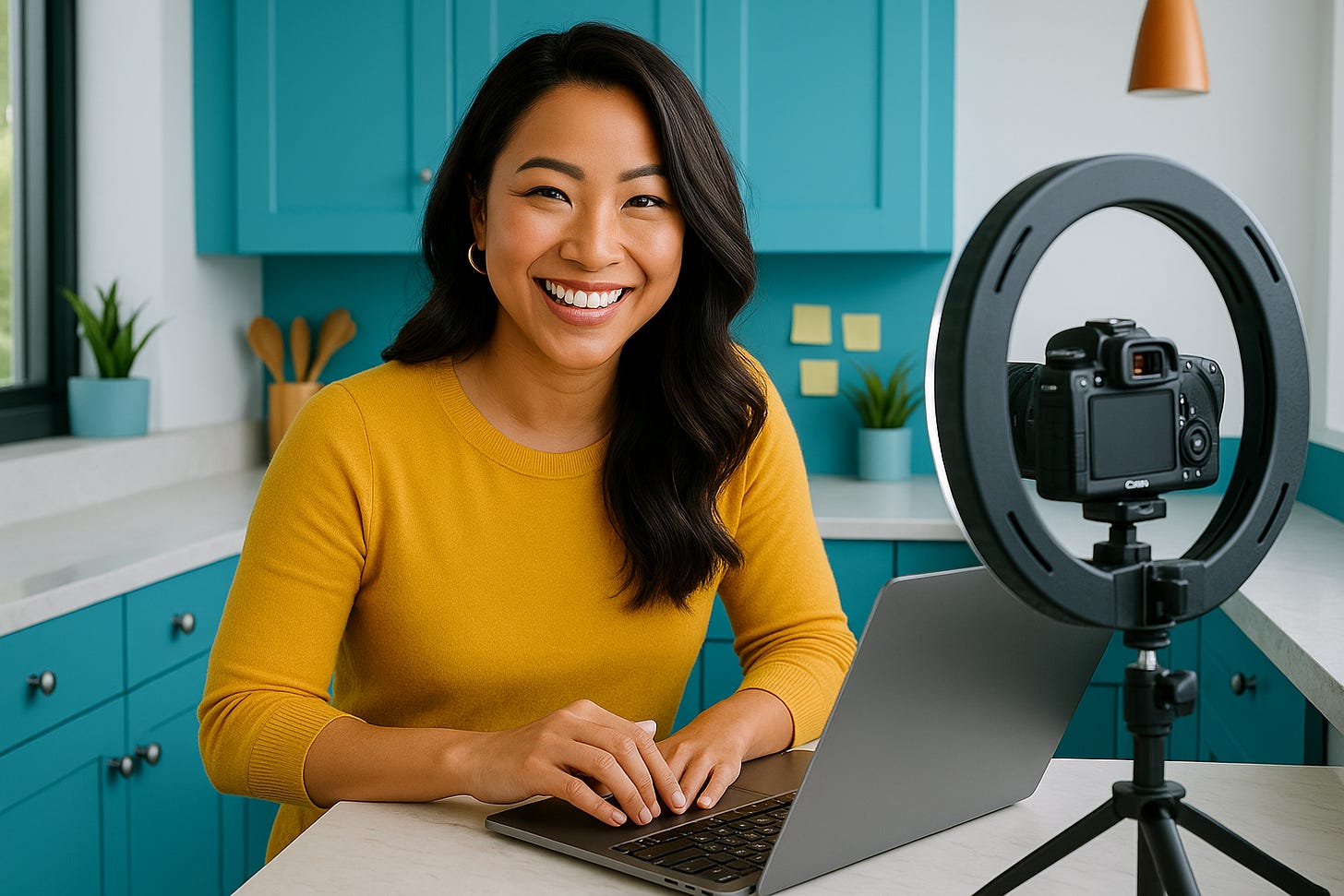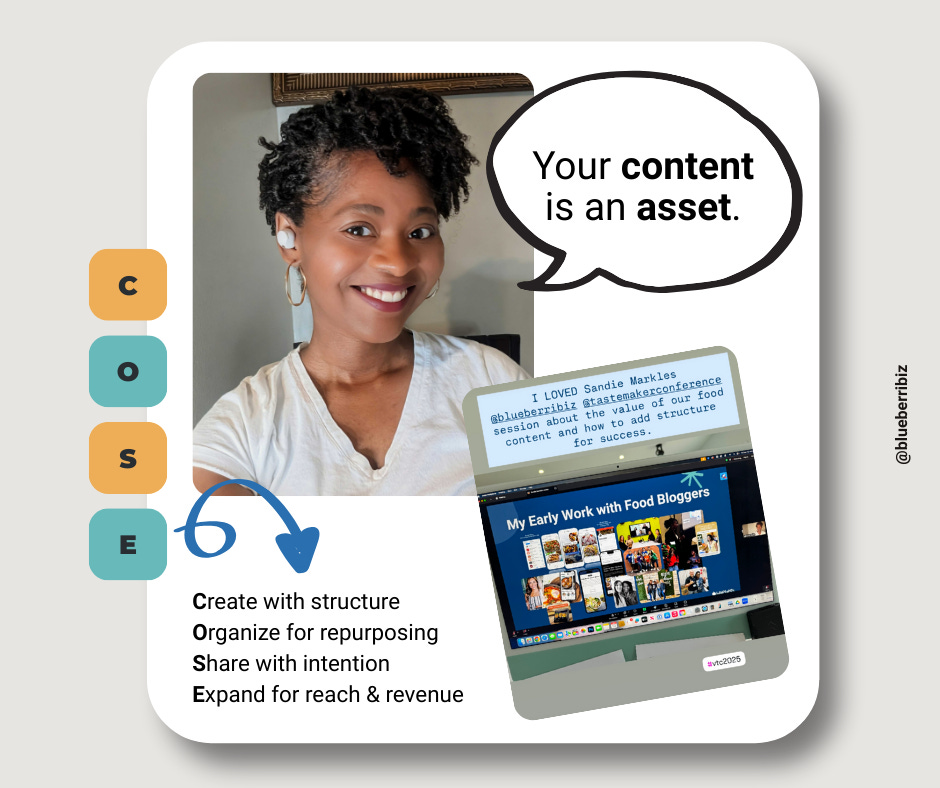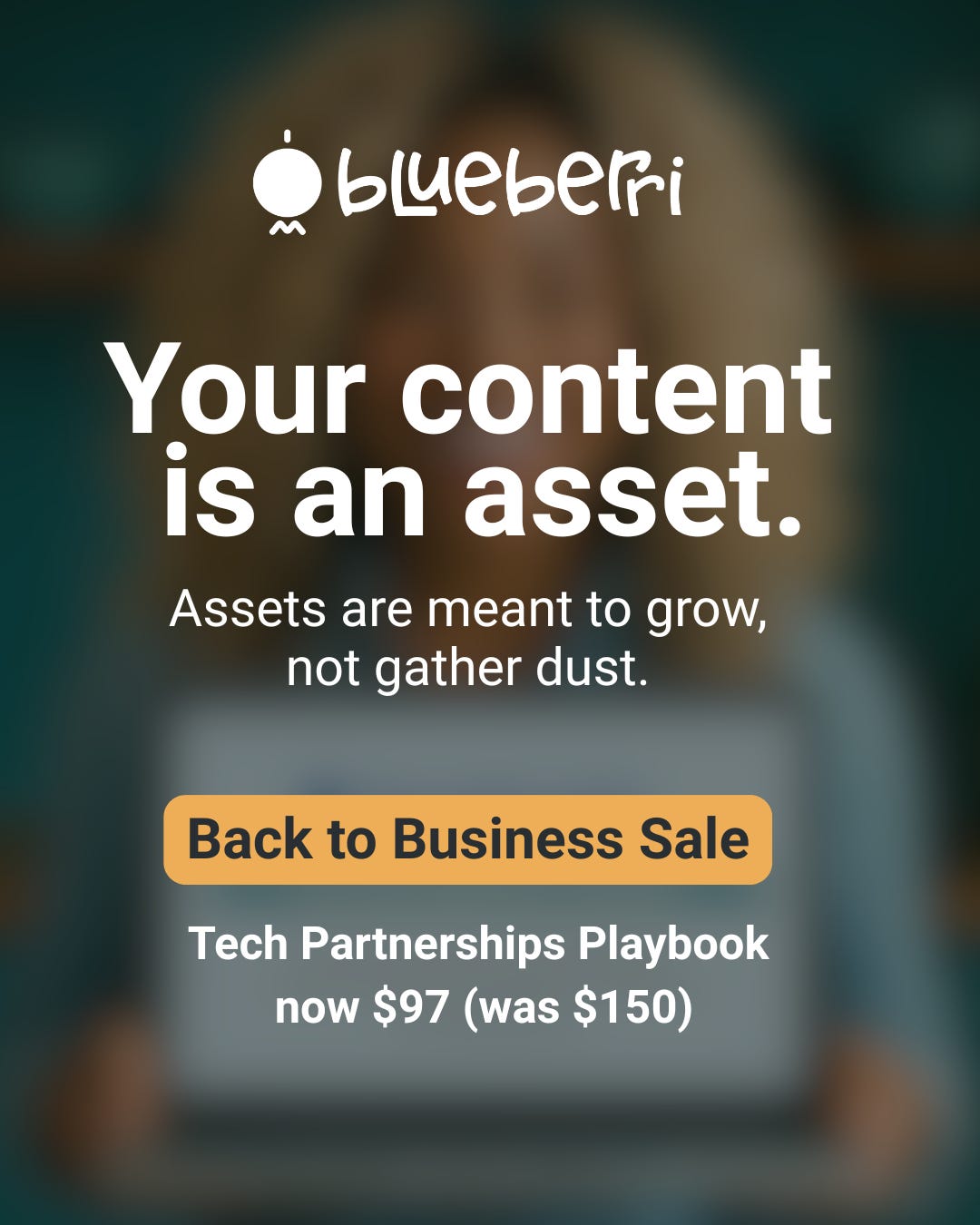Ads in the Mix
Because pageviews were never the whole story
Ads have been the bread and butter for many food creators. They’ve paid bills, fueled experiments, and made growth feel possible. I’ve seen it—because I know the creative tension between chasing traffic and building sustainability.
But now the landscape is shifting. AI summaries, new revenue models, and evolving ad targeting are redefining what “monetizing content” even means.
You might remember Lila, the Hawaiian-Korean baker behind Butter & Banyan. Her guava mochi recipes kept readers coming back, and for a while, ads covered her bills. Each month, the RPMs looked steady enough to breathe a sigh of relief.

But then things started slipping.
Google showed her ingredient lists directly in results.
TikTok delivered millions of impressions but barely moved her analytics.
Pinterest traffic spiked one week and flatlined the next.
The problem wasn’t her recipes. It was her reliance on ads alone.
That’s when Lila started rethinking how ads fit into her larger content strategy.
So she took a two-pronged approach:
Solidify ads with better content structure.
She filled in all metadata fields (titles, tags, alt text, recipe schema) and categorized recipes more intentionally. That gave ad networks more context to place relevant, higher-paying ads on her posts.Open new monetization paths around ads.
Her recipes were now structured and machine-readable; she could pitch them into platforms, affiliate tools, and even ingredient-kit tests. Those new lanes didn’t replace her ad income; they supplemented it.
So ads were still in the mix. But they weren’t the only game in town anymore.
Filling the ad-structure synergy
Here’s how Lila leaned into structure with ads instead of against them:
Better context = better ad placement. When metadata is rich, ad networks understand what your content is. That leads to more relevant ad matches, which can boost RPMs.
Reach breeds ad scale. Structured content helps your recipes appear in rich snippets, carousels, and app feeds—drawing incremental traffic where ads can show.
Ad + partner mix. Ads remain foundational, but structured content unlocked collaborations (platform integrations, licensing, affiliate tie-ins) that she could layer on top of ads.
Structure doesn’t displace ads, it amplifies them.
The Blueberri Stack
Here’s what’s happening in the ad + creator + tech space lately.
Meta leans harder into AI-based ad targeting
Meta plans to use data from interactions with its AI tools (voice chats, text) to refine ad targeting across Facebook and Instagram. More signals = more precise ad matches.
IAB forms AI content monetization standards (CoMP)
The IAB Tech Lab has launched a working group to develop protocols for how AI systems discover content and how creators are compensated for it. This could reshape how content is monetized via AI.
Creator marketing’s “era of efficacy” accelerates
Brands and agencies are shifting budgets toward creators who can prove ROI. Influencer and creator ad budgets have jumped dramatically this year.
YouTubers diversifying beyond ad dependence
Many creators on YouTube are building side businesses, products, services, and subscriptions, because relying solely on ad income is becoming risky.
Vocabulary of the Week
RPM (Revenue per Mille / per thousand impressions)
RPM = how much you earn per 1,000 views on a page (or content unit). It’s not just about traffic, it’s about value per view, which is heavily influenced by context, relevance, metadata, and ad match quality.
To raise RPM, you can’t just chase clicks, you need to fine-tune the context your content gives to ad systems.
Book Update: Bringing COSE to the page
The Virtual Tastemaker Conference was the first time I shared the Create Once, Share Everywhere™ (COSE) framework publicly, and your girl was nervous. But honestly? Talking about it live gave me the confidence that this book needs to exist on paper.
Since then, interviews with longtime bloggers, ad execs, SEO experts are in full swing (thank you to everyone who’s already said yes!). I’ve written 35,000 words and I’m still making updates every day. The survey responses so far have been incredible, and I’m grateful for those of you adding your voices. We’re digging into everything from burnout to balance and it’s shaping the heart of this book.
And it’s not too late to join in. If you’d like to fill out the survey or opt into an interview, check out the Create Once, Share Everywhere page. Your insights will help make sure this book speaks to the realities food creators are facing right now.
Consider this your official invite to help me write the book you’ll actually want on your shelf.
Make structure pay
Ads matter, don’t let anyone tell you otherwise. But in this changing space, high-performing metadata gives you leverage. It’s what makes your content usable, discoverable, and monetizable across platforms.
If you’re tired of chasing RPMs without structure, The Tech Partnerships Playbook gives you scripts, templates, and real examples to pitch collaborations that amplify your ad revenue + open new revenue streams. Now 35% off.
Ads are the baseline. The creators who will succeed are those who balance them with structure, strategy, and sustainable monetization.
Until next time, fill in the fields, know when to lean into ads, and build content that’s ready for the next wave.
Your friend in food,
Sandie




